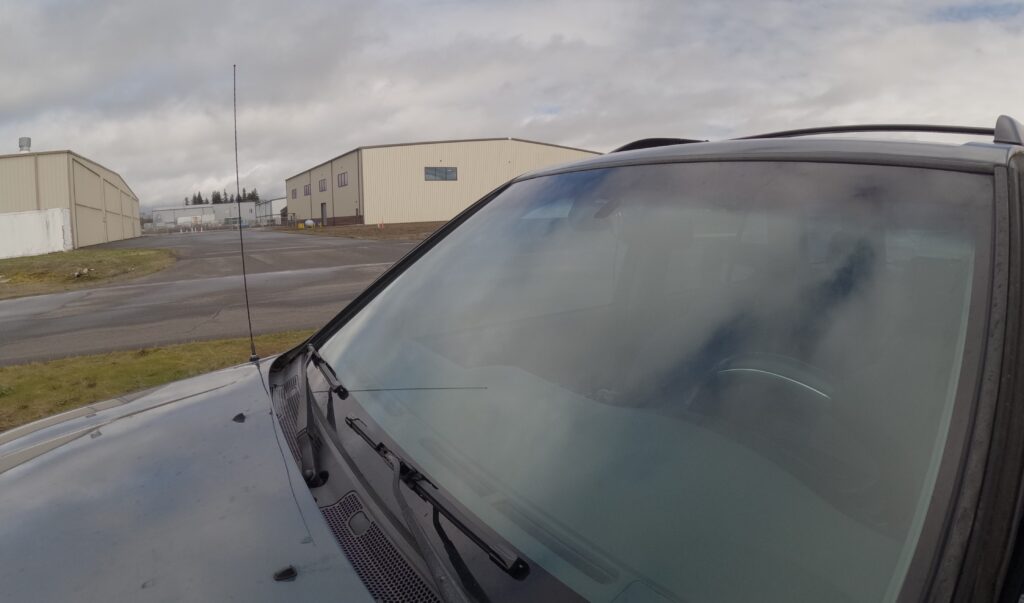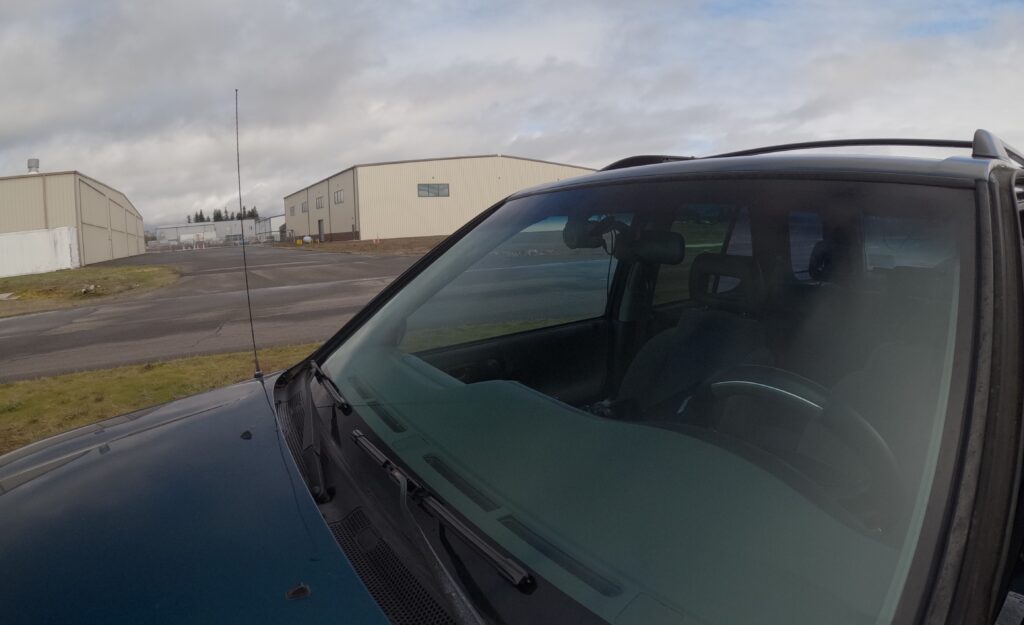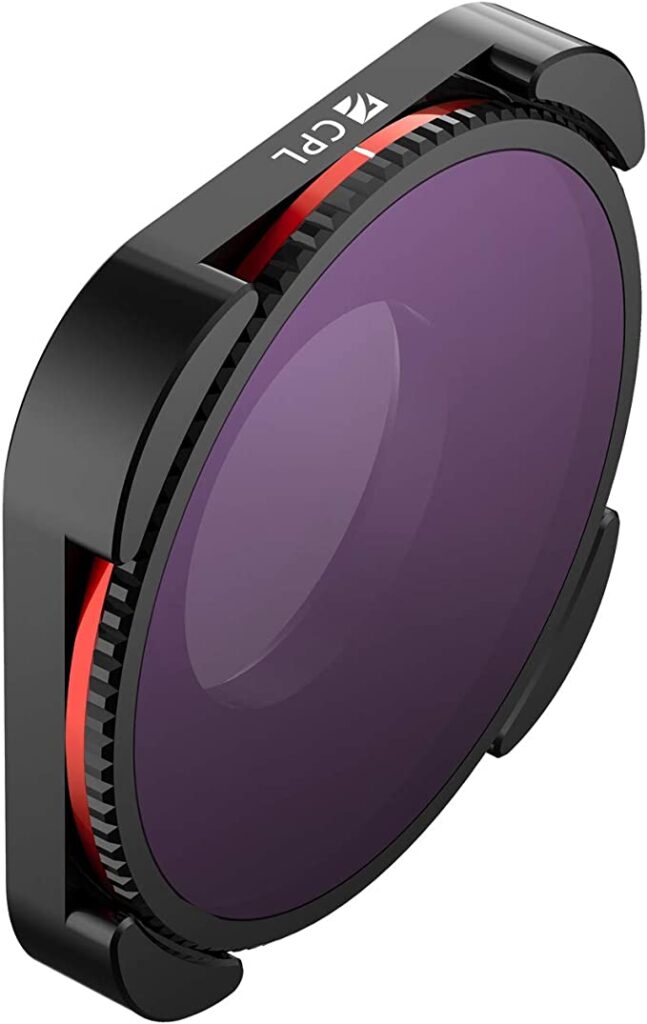One of the most irritating things you can get when shooting with a camera is unwanted reflections. You’re trying to shoot a nice crystal clear stream, only it looks more like a moving mirror. You’re trying to get some awesome shots of a car, but everything is being reflected in those windows. So what can you do about all of these unwanted reflections? Well it’s simple, you can use a circular polarizer filter and in this article, we’re going to look at a very clever one that’s been designed for the Hero 9, Hero 10 and Hero 11.
So what does a CPL do and why do you need one?
This handy device cuts down on reflections when you’re shooting video or taking photos and actually gives you a lot of control over these types of reflections. So when you’re shooting a car video and maybe you want to show people in the car, you can adjust the filter to remove glass reflection. Or maybe you want to focus on the car and not the people in it, in which case you can use the same filter to adjust the reflections in your shot so people inside the car can’t be seen through the car windows. This makes using a CPL filter a really great option to up your camera game.


So how does a CPL work?
It does this through the awesome power of physics and changing the polarization of the light as hits the lens of the camera. Basically speaking circular polarizing filter polarizes the light by selecting a polarization plane. Then it depolarizes it again………………. Look, rather than give you a whole physics lesson and put you to sleep, we’re just going to say that it uses Voodoo magic. Voodoo magic that makes reflections go away, but without having to sell your soul to Santa. All hail Santa! (Come on, who doesn’t like getting presents? Or in my case, many many lumps of coal….)
Now CPLS are great if you’re going to be shooting from a tripod or using your camera for taking photos. If you’re a drone pilot or doing driving or bike riding or even flying, then they may not work as well as you want them to. This is because as you move your camera, you’re changing the angle of the light coming from those reflections and you need to keep adjusting the CPL to compensate. Whereas when you’re taking photos or shooting from a Tripod, your camera isn’t moving anywhere near as much and therefore the angle of the light isn’t changing and just the one adjustment usually does the trick.
So which CPL should you be using?
Now for me, this is an important question as there are different CPLS out there and they all have their own pro’s and con’s.
This is the one that I use, it’s from Camera Butter and it’s very similar to the Freewell CPL:
Now the con about this filter is because it’s so small with rounded edges (being circular), this means when shooting in high resolution in wide FOV or Hyperview, you’re going to end up with these small black edges on your photos or video. This means you’re going to have to slightly crop in on your footage to eliminate these completely. However, since this is designed for the Hero 9, 10 and 11, you have plenty of resolution and frame size to do that.

Now there are much larger CPLS that don’t have this issue such as this 52MM CPL with an adapter. The advantage of this type of adapter means that you can use your DSLR 52MM lenses with your GoPro. So why not use this one all the time?
Well these larger CPLS actually fit on top of your GoPro’s protective lens cover. So you end up shooting through 3 layers of glass which can reduce your overall image quality. And… if you’re using lens protectors, that’s yet another layer of glass that you’re going to be shooting through. All of these layers can add to a softer overall image, or a rainbow type of effect in your footage.
So that’s why I stick with using the Freewell type of CPL filter. It’s perfectly sized to fit onto the GoPro as you actually remove the protective lens cover and it screws on in its place. So, you’re still shooting through the same number of layers are you would be normally. This means that there’s yet another advantage to this type of filter. It actually fits inside your GoPro’s protective housing. So, if you’re filming in rainy conditions, mud, or strong winds where you don’t want debris being kicked up and damaging your camera, you can now film and have your camera protected using your protective case with a CPL filter. So this really is a huge advantage as you can shoot with a CPL and have your camera fully protected.
For me, that’s the #1 reason why I choose this style of of CPL filter over the others. It just gives me all the advantages of using a CPL with the added peace of mind that I can use the protective housing too if needed.
So there you have it, my review of the camera butter Circular polarizing filter and why you should be using one.
So until next time
Cherrio!


